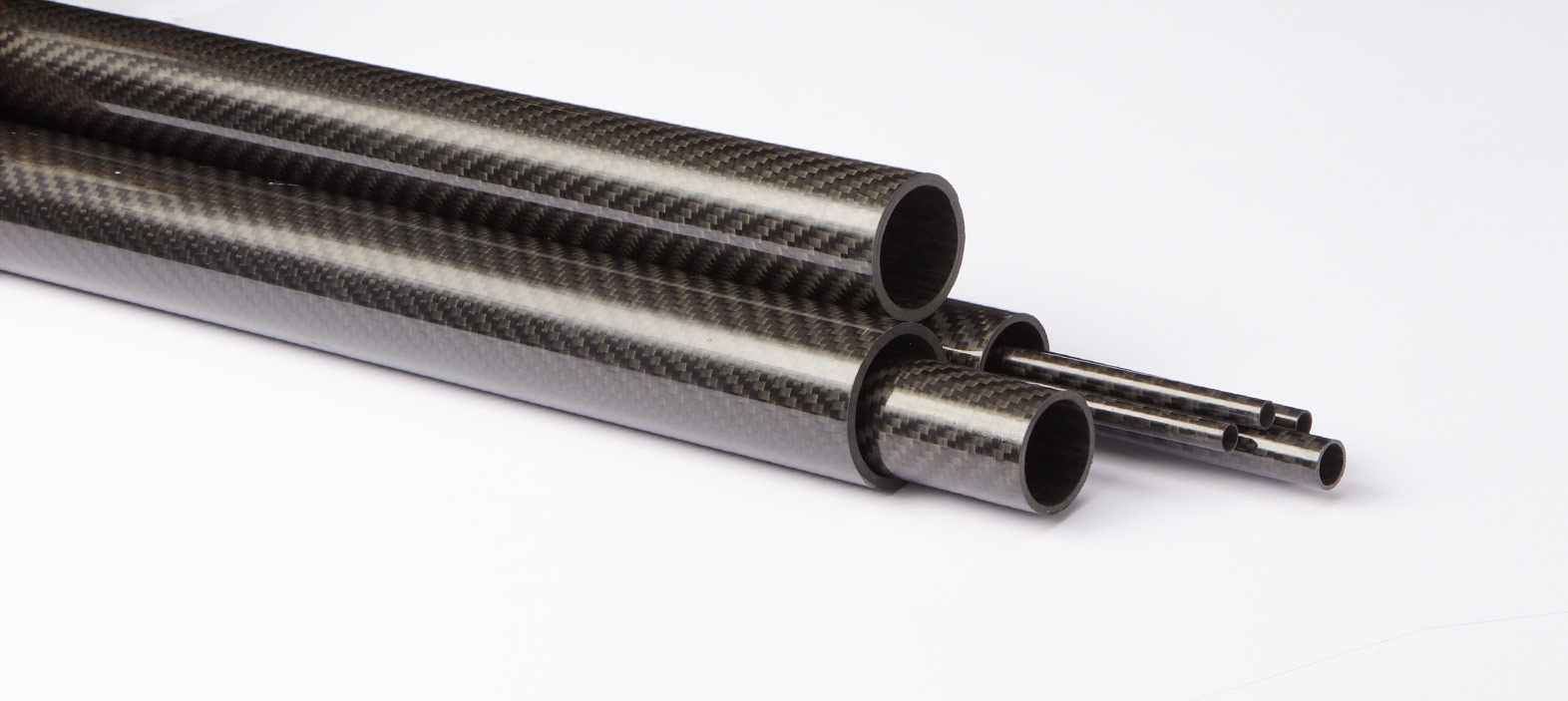
Application of Carbon Fiber in Daily Life
👁 Reads: 2936
Carbon fiber is a composite material that has been gaining popularity due to its strength, light weight, and durability. It is made of thin, strong fibers of carbon that are tightly woven together and held in place by a resin or polymer. The composite material is used in a wide range of applications, including aerospace, automotive, and sports equipment. However, its use is not limited to these industries alone. In this article, we will discuss the application of carbon fiber in daily life.
What is Carbon Fiber?
Carbon fiber is a strong, lightweight material that is composed of thin strands of carbon. These strands are woven together and then treated with a resin or polymer to create a composite material. The resulting material is incredibly strong and stiff, with a high strength-to-weight ratio.
Applications of Carbon Fiber in Daily Life
Carbon fiber products are used in various applications in daily lives in multiple industries. They are used for:
Sports Equipment: Widely used in sports equipment due to its strength and light weight. It is used in the production of tennis rackets, golf clubs, bicycles, and other sporting equipment. Carbon fiber tennis rackets, for example, are known for their power, control, and stability.
Bicycles made of the composite material are also popular due to their light weight, which makes them easier to handle and maneuver.
Automotive Industry: Due to its strength and durability, it is used in the production of car parts such as hoods, trunks, and body panels. Also used in the production of high-performance cars, such as the Bugatti Veyron, which features a carbon fiber monocoque chassis.
Consumer Electronics: Used in the production of consumer electronics such as laptops, smartphones, and other electronic devices. The use of the composite material in electronics is mainly to reduce weight while maintaining strength and durability.
Home Décor: Known for its strength and durability, as well as its sleek and modern look, the composite material is used in the production of furniture, lamps, and other decorative items.
Medical Industry: The high-tech composite material is used in the medical industry for the production of prosthetic limbs, braces, and other equipment. Carbon fiber prosthetic limbs are lightweight, strong, and durable, making them ideal for active individuals who require a high level of mobility.
Aviation and Aerospace Industry: Redefining aviation and aerospace industry for their strength and light weight. It is used in the production of airplane parts such as wings, fuselages, and tail fins. The Boeing 787 Dreamliner, for example, features a carbon fiber reinforced plastic fuselage, which is lighter and more fuel efficient than traditional aluminum fuselages.
Construction Industry: Used for reinforcement purposes, it is used to reinforce concrete, steel, and timber structures, increasing their strength and durability. Carbon fiber reinforcement is ideal for use in seismic retrofitting, as it can help to prevent damage during earthquakes.
Marine Industry: The marine industry for the production of boat hulls, masts, and other parts. Carbon fiber boat hulls are lighter and more durable than traditional fiberglass hulls, making them ideal for racing and other high-performance applications.
Fashion Industry: The composite material has also found its way in the clothing and accessories sector. Carbon fiber clothing is popular among athletes, as it is lightweight, breathable, and moisture-wicking. Even carbon fiber accessories, such as watches and jewelry, are also popular due to their sleek and modern look.
Benefits of Using Carbon Fiber
High Strength-to-Weight Ratio - Much stronger and lighter than many other materials, it is used in applications where strength and weight are concerns.
Corrosion Resistance - Highly resistant to corrosion, the composite material is ideal for use in the harsh environments.
Electrical Conductivity - As a good electrical conductor, it is ideal for use in applications where electrical conductivity is important. Carbon fiber sheets serve multiple purposes including electric conductivity.
Fatigue Resistance - Highly resistant to fatigue, it is ideal for use in applications where repetitive stress is a concern.
Design Flexibility - The composite material is flexible and can be molded into a wide range of shapes and sizes, giving designers a high degree of flexibility in their designs.
Environmental Benefits – A sustainable material, as it can be recycled and reused. It is also more energy efficient than many other materials, as it requires less energy to produce.
Conclusion
Carbon fiber is a versatile material that has many applications in daily life. Its strength, light weight, and durability make it ideal for use in sports equipment, the automotive industry, consumer electronics, home decor, and the medical industry. The benefits of using carbon fiber include its strength and durability, light weight, chemical resistance, thermal resistance, and aesthetic appeal. As technology continues to improve, it is likely that we will see even more applications in our daily lives.





